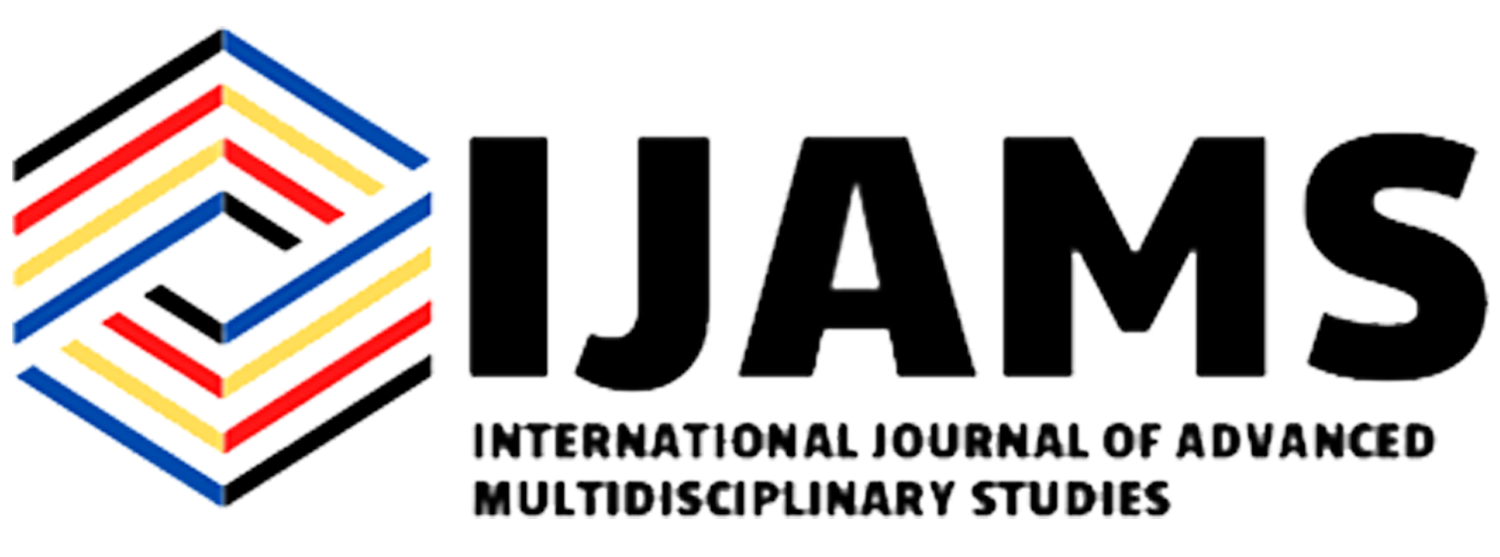ISSN: 2782-893X
eISSN: 2799-0664
 ISSN: 2782- 893X
ISSN: 2782- 893X


— This study, conducted at Babal-lasioan Elementary School, investigates the effectiveness of integrating comic strips as an instructional intervention to enhance the reading comprehension skills of Grade 1 learners. Recognizing the diverse cognitive abilities and learning preferences of young students, this research explores how the use of visually engaging and narratively rich comic strips can foster early literacy development in an engaging and meaningful way. The study employs an action research design, focusing on a group of Grade 1 pupils. Data collection methods included pre-tests and post-tests on reading comprehension, classroom observations, and interviews with teachers and students. The intervention involved incorporating comic strips into reading lessons over a six-week period, with structured activities such as guided reading, story sequencing, vocabulary development, critical thinking exercises, and creative writing tasks. Results revealed significant improvement in students’ reading comprehension scores after the intervention. The multimodal learning experience offered by the visual and contextual elements of comic strips not only facilitated better understanding of texts but also increased classroom participation and learner motivation. Feedback from both teachers and students emphasized the effectiveness of comic strips in creating a fun, inclusive learning environment that supported diverse learning styles. The study highlighted the unique advantages of visual storytelling in literacy education, particularly its ability to bridge the gap between textual and visual learning. Through engaging storylines and relatable characters, comic strips simplified complex ideas, making them accessible and enjoyable for young learners. This approach not only improved reading comprehension but also encouraged a positive attitude toward reading. In addition, the findings underscored the importance of integrating educational innovation and adaptable strategies into early literacy programs to address the needs of struggling readers. The combination of text and visuals in comic strips provided contextual clues that supported vocabulary acquisition, comprehension, and retention. Teachers also noted increased engagement and enthusiasm during reading sessions. Overall, this study contributes to the growing body of research promoting the use of multimodal, creative tools in literacy instruction. By incorporating comic strips into the Grade 1 curriculum, educators at Babal-lasioan Elementary School successfully enhanced the reading comprehension of early learners in a way that was both effective and enjoyable. The results provide actionable insights and recommendations for educators and curriculum developers aiming to strengthen literacy enhancement efforts in similar educational settings.